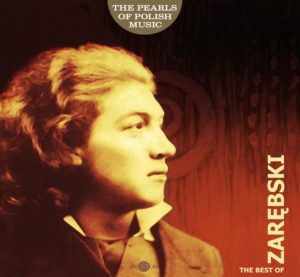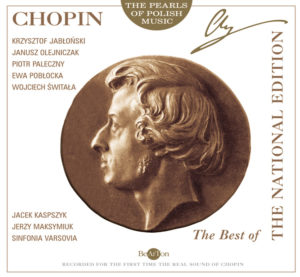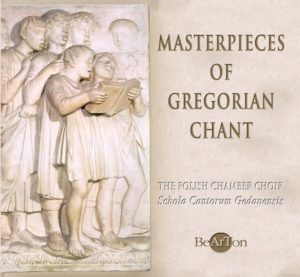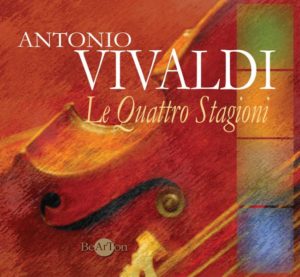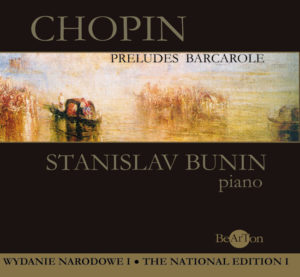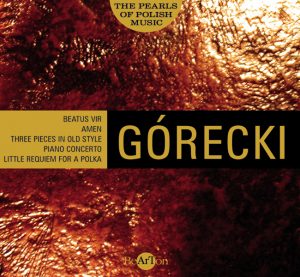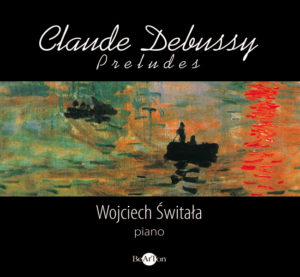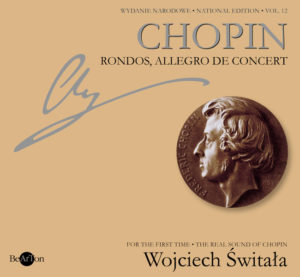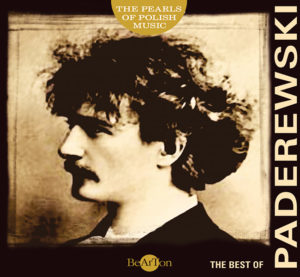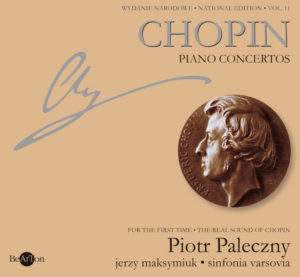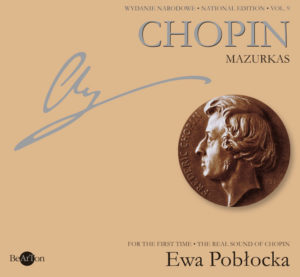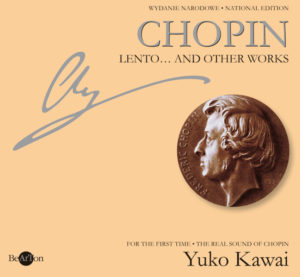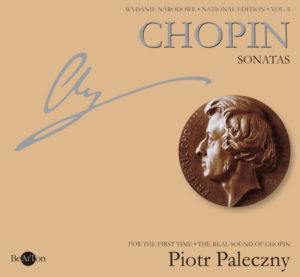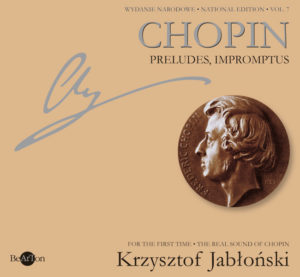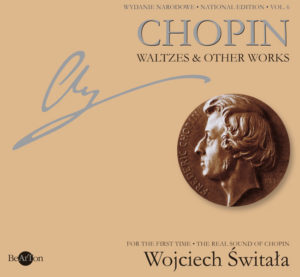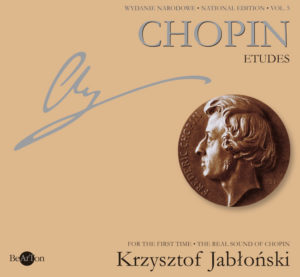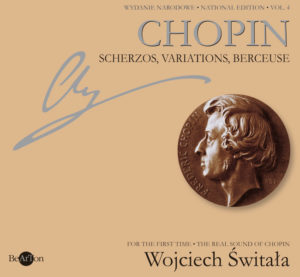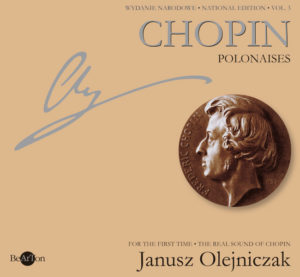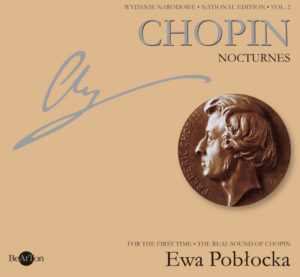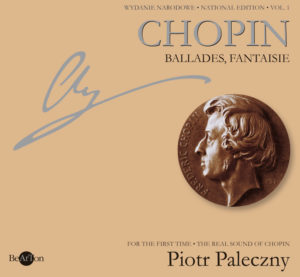Witold Lutosławski Vol. 2
Witold Lutosławski
Cat. No. CDB052
Music disc: SACD
Composer:
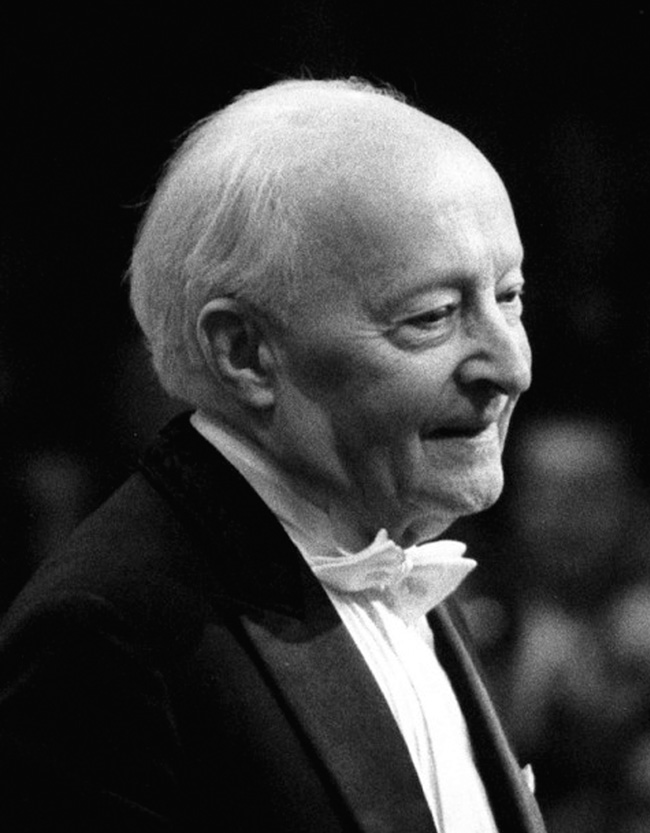
Witold Lutosławski
Performers:
Ewa Pobłocka – piano
Robert Cohen – cello
Orchestra Sinfonia Varsovia
Jerzy Maksymiuk – conductor
Disc content:
- Concerto for cello and orchestra – 26’17”
Concerto for piano and orchestra
- – 1. – 5’30”
- – 2. – 4’56”
- – 3. – 6’26”
- – 4. – 7’35”
- Symphony No 4 – 21’52”
Total time – 72’39”
Prizes:
Listen a part
51.99złAdd to basket
© ℗ 2012 Bearton
With Respect for Tradition
Witold Lutosławski is the most important Polish composer, next to Fryderyk Chopin and Karol Szymanowski. As a classic of the 20th century music, similarly to Béla Bartók, Sergey Prokofiev, or Olivier Messiaen, he belongs to a small group of the 20th century composers representing unique and personal image. However, he did not belong to any school, he did not succumb to any fashionable trends, and he did not participate in any avanguard revolutions. The attitude of constructing and building was dearer to him that that of demolishing and contradicting. And that attitude constitutes a common point of reference for three works contained in the album that are expressive acts of respect for the European musical tradition.
Concerto for Cello and Orchestra, inspired by Mstislav Rostropovich, was composed to the order of the Royal Philharmonic Society and the Gulbenkian Foundation in 1969–70. The first performance of the piece took place on 14 October 1970 at the Royal Festival Hall in London. The Concerto was played by Mstislav Rostropovich and the Bournemouth Symphony Orchestra, conducted by Edward Downes.

Jerzy Maksymiuk
The piece fully implements the tradition of its genre. Its main subject is the solo instrument. Formally and expressively, the piece runs in four stages. It starts with a four-minute introduction of the solo cello, developing from the repeated sound d. In that particular dialogue of the cello with itself actual linearism is replaced by a polyphony of factures, climates, and types of expression. Finally, it is interrupted by the intervention of brass instruments, initiating the second stage of the piece, composed of four episodes. The third stage is the only and unusual adagio part in the whole composition, with broad phrases of typically Romantic origin: an announcement of a means of expression used in more than twenty years later Symphony No. 4. The melody aspect of that stage is associated with an unusual brightening of the linear course of sounds owing to the selection of harmonious means. That stage is destroyed by an aggressive intervention of brass instruments, leading the piece to the last stage in which first tutti is reaching its harmonious completeness and later, a virtuoso climax of the cello part is attained. The confrontation of both peaks crowns the composition.
Lutosławski’s Cello Concerto became an object of many non-musical comments, as no other piece of his. The reasons of those were provided by the composer himself after he had published his letter to Rostropovich, with performance suggestions. The remarks were formulated as metaphors, leading to numerous and peculiar observations. That lonely cello repeating indifferent sound d obtained the status of a symbol of an individual in a totalitarian system. And questions were asked: Isn’t it a drama of non-reconciliation with the tyranny, or maybe of the fate of a dissident in a Soviet state? The common practice of „reading” masterpieces in a Communist country through allusions was fuelled by the context of remarkable events. Mstislav Rostropovich, who was considered to enjoy a tremendous authority in the Soviet Union, publicly supported Alexander Solzhenitsyn who was banned and expelled from the country. On the days of the first performance of the Cello Concerto Rostropovich encountered a conflict with the Soviet authorities, ending in the artist’s emigration from his homeland.
Lutosławski felt perplexed and concerned by the peculiar attempts at understanding the Concerto. He always opposed non-musical interpretations of his works, representing the idea that music, being the most autonomous of all arts, expressed exclusively itself.

Ewa Pobłocka, Sinfonia Varsovia
Concerto for Piano and Orchestra, composed in 1987 and finished on 20 January 1988, was written for Krystian Zimerman by order of the Salzburg Music Festival. The piece was played for the first time by Krystian Zimerman and Austrian Radio Symphony Orchestra conducted by the composer at the Kleines Festspielhaus in Salzburg on 19 August 1988. The Polish premiere took place at the Warsaw Autumn Festival the same year.
The idea of composing a piano concerto goes back to the 1930’s and the 1940’s again. It was fulfilled, however, only in the last, especially fruitful period of Lutosławski’s work, which was abundant in the highest class pieces. In the 1980’s, Lutosławski’s composing techniques, although still changing and transforming, became – in his own opinion – worthy enough for the composer to reach out to the genre that had bothered him for years. That was exclusively a musical issue. Only when my language started to be complete and rich, I could allow myself to attack the piano – said the composer.
The Concerto has four parts played attacca, although each of them has its clear conclusion. The first part makes references to a classical thematic dualism, which does not mean that it was effected by any kind of formal literalness. Each of the stages that can be recognized as traditional themes is internally subdivided. The second part was called moto perpetuo by the composer. It is a type of a bravura scherzo with a virtuoso show-off by the soloist. In the third part, we can identify the form of a song {ABA}, with an initial recitativo of the solo piano, followed by a cantilena largo theme, the song with a juxtaposition of a singing piano, in view of the intense or even dramatic orchestra. Owing to its structure, the fourth part- as the composer states – constitutes an allusion to the Baroque form of ciaccona. Its theme (always played by the orchestra) is made of short notes separated by pauses, and not by accords, as it is found in a traditional ciaccona. That theme, repeated many times, presents only one layer of the musical discourse […].
The analogy with a traditional form of the concerto, applied above, although being simplified, still seems to be legitimate. In fact, Lutosławski’s Piano Concerto expresses that musical tradition in its peculiar manner. Being aware that there was no place to revolutionize the concerto at the end of the 20th century, Lutosławski brought back a sense of existence to that genre, reaching out to… Chopin for inspiration. Chopin played an extremely important role in my life […] – said the composer – No surprise that it has been my desire […] to consume him and digest a bit by my musical language […] And such echoes of Chopin one can find exactly in the Piano Concerto […]. I wanted to make references to Chopin, Liszt, and Brahms (in that piece). Although the Baroque trace expands the time prospect, owing to reaching out to the ciaccona, Lutosławski rather continues Romanticism, led by Chopin, Liszt, and Brahms, and he equally expands the 20th century tradition, with Debussy, Ravel, Bartók, Prokofiev, and Messiaen.
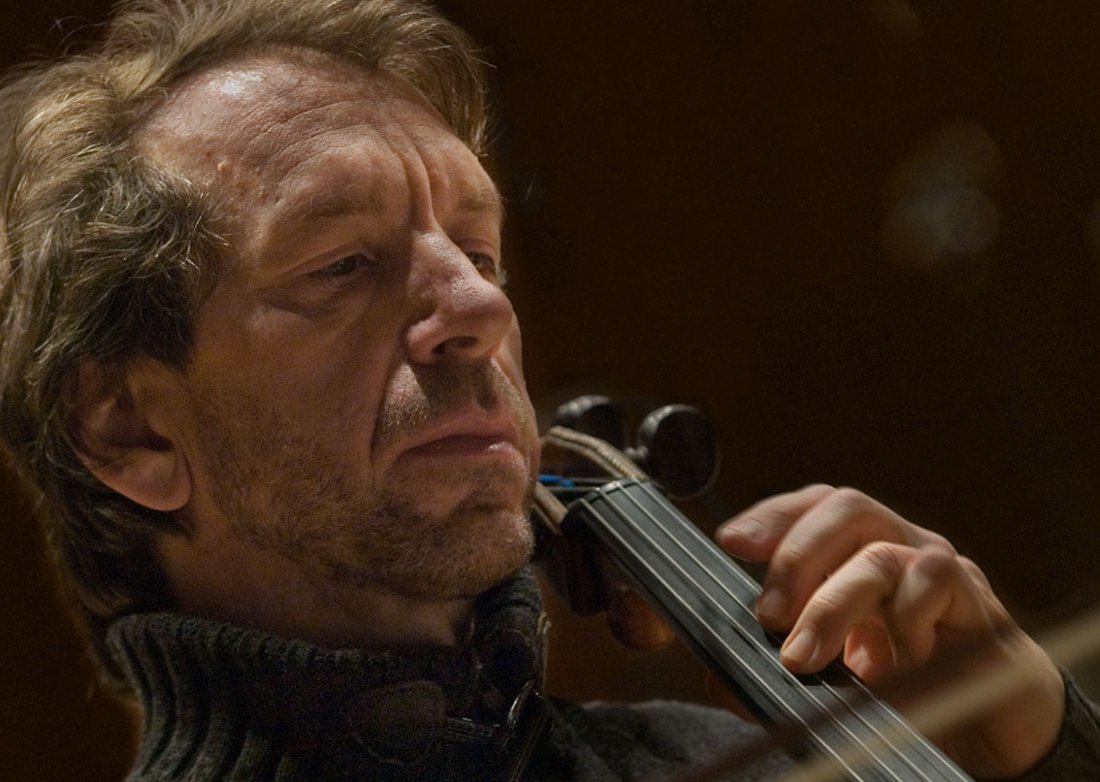
Robert Cohen
Symphony No. 4 was ordered by the Los Angeles Philharmonic Orchestra and performed for the first time by that Orchestra, conducted by the composer, on 5 February 1993.
In the first minutes of the piece, the listener who even superficially knows Lutosławski’s works can be surprised by the melodiousness and cantilena phrases, constituting truly essential features of the piece. Such melodious phrases do not occur in the other works by the composer and the episode which starts the Symphony, made of a dozen of beats, deserves its place in the history of music as a symbol of unique melodious beauty. The expression of that part by a clarinet accompanied by a string quintet con sordino and a harp is projected on the whole piece. That episode is emphasized by the type of harmonics, with emancipation of the consonance and third, and it is also present in other parts of the piece which causes more frequent tonal associations here than in any other works by the composer. Although the episode will not avoid tensions resulting from the dominant-tonic consequences, still those do not justify qualification of Symphony No. 4 as a tonal piece.
The piece is composed of two parts: after the introduction, an expanded allegro is developing. In that part, in which the segment marked in sheet music as cantando can be assigned with the role of the second theme group, from the viewpoint of symphonic tradition. What deserves special attention here is the expressive nature of the first part, composed of the sequences of conducted sections ending in aleatoric ones.
In his Symphony No. 4, Lutosławski does not resign of anything that used to build his symphonic idiom, or the chain technique, or the opposition of conducted music with non-conducted one, or the idea of dual form. However, the world of recent Lutosławski from Symphony No. 4 is reaching out to the European musical tradition with larger openness than ever before. In his case, by assimilating that tradition, the composer has not lost his sovereignty and rather brought back the sense of synthesis, which has frequently been abused.
Marek Wieroński
Translated by Henryk Zwolski
Quotes Witold Lutosławski statement from the website: www.polmic.pl
Review
There have been no new recordings on SACD from the excellent Polish label BeArTon for quite some time, so this new release of three works by Witold Lutoslawski – the centenary of whose birth is being celebrated this year – is particularly welcome.The ‘Concerto for Cello and Orchestra’ dates from1969-1970 and is one of Lutoslawki’s most impassioned and succinct works. Written for and first performed by Mstislav Rostropovich in London in 1970 it is in one single movement though it falls into four distinct sections – not given separate track numbers on this recording. The distinguished British cellist Robert Cohen gives a virtuoso account of this challenging piece and the adversarial nature of the orchestral accompaniment is excellently realised by the incisive orchestral playing that Jerzy Maksymiuk elicits from Orchestra Sinfonia Varsovia. […]
The recordings of all three pieces, made in the Witold Lutoslawski, Concert Studio of Polish Radio in Warsaw, are state-of-the-art in clarity, immediacy and depth of sound.
It is hardly the fault of BeArTon that there are already fine alternative recordings on SACD of all three works featured on this disc though with different couplings. The comprehensive survey of this composer’s music on Chandos has reached Volume IV and been very well received, whilst there is another excellent recording of the Cello Concerto played by Christian Poltéra on BIS Dutilleux, Lutoslawski – Christian Poltera, Jac van Steen. Nevertheless it would be a great pity if the fine qualities of this superbly performed and recorded disc were to be overshadowed by the intense competition elsewhere.
Most warmly recommended.







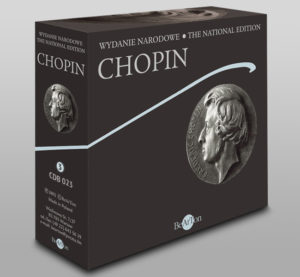
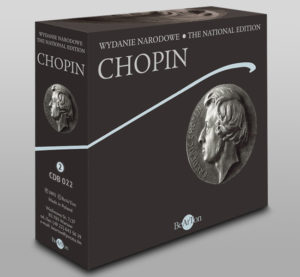
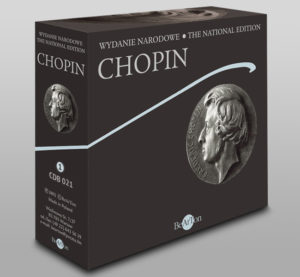
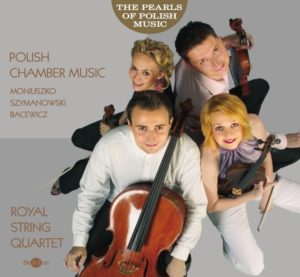
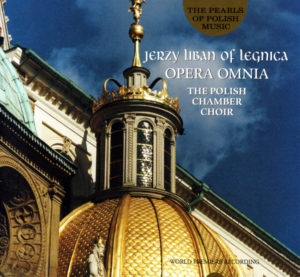
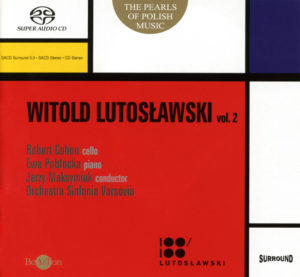
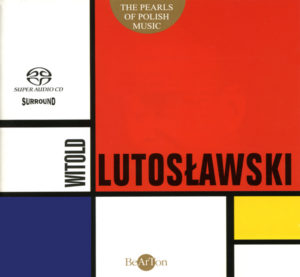
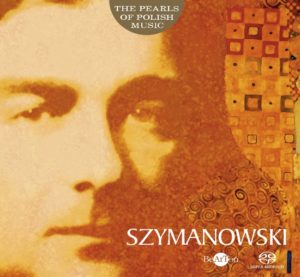
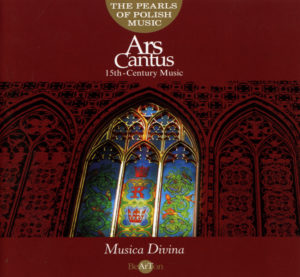
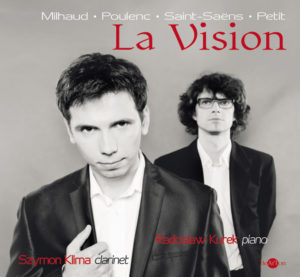
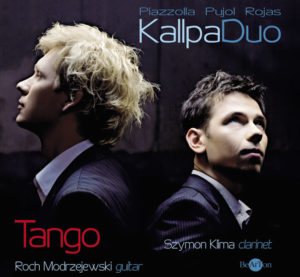
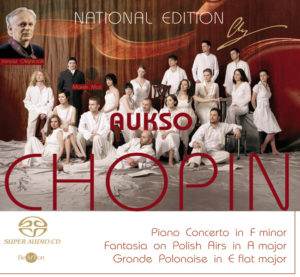
![Chopin – Walce [B] i inne utwory CDB047](https://www.bearton.pl/wp-content/uploads/Chopin-Walce-B-i-inne-utwory-CDB047-A-300x277.jpg)
![Chopin – Pieśni [B] CDB046](https://www.bearton.pl/wp-content/uploads/Chopin-Piesni-CDB046-A-300x277.jpg)
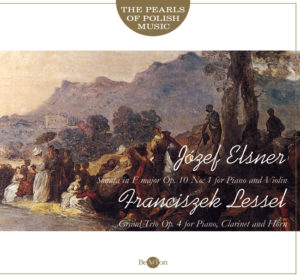

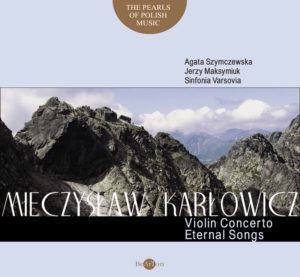
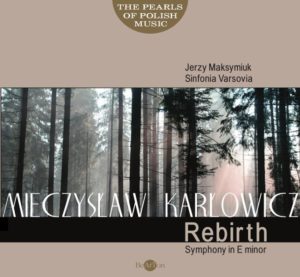
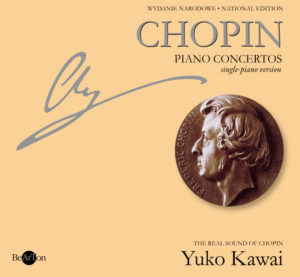
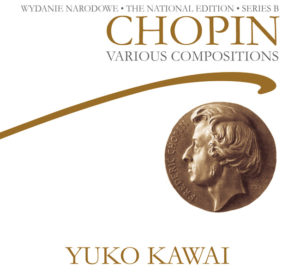
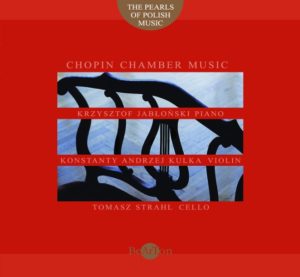
![Chopin - Mazurki i inne utwory [B] CDB038](https://www.bearton.pl/wp-content/uploads/Chopin-Mazurki-i-inne-utwory-B-CDB038-A-300x277.jpg)
![Chopin – Polonezy [B] CDB037](https://www.bearton.pl/wp-content/uploads/Chopin-Polonezy-B-CDB037-A-300x277.jpg)
